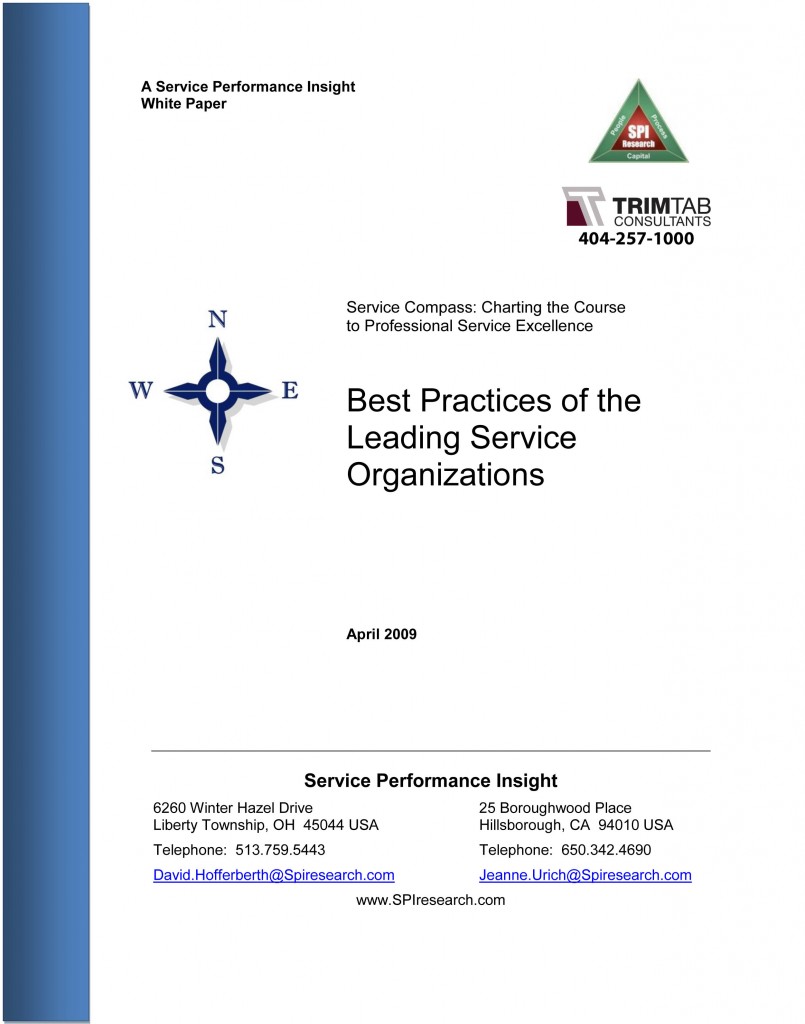Introduction
- When it comes to running a professional service organization what separates the ―best from the ―rest?
- Are there key attributes and best practices that differentiate top performing service organizations?
- Do integrated applications improve performance?
The PS Maturity Model was designed to answer these questions.
After more than two years of research using the PS Maturity Model and countless interviews, common characteristics of top performing service organizations have started to emerge. The most successful service-based organizations demonstrate excellence across a variety of key performance dimensions.
This whitepaper explores the best practices that separate the ―best‖ from the ―rest‖ including an in-depth case study of Accruent, (a pre-public software solution provider), a consistent top performer year after year. We reveal the secret sauce that enables the best of the best to outperform their rivals and the PS Maturity benchmark average.
Introduction to the PS Maturity Model
The PS Maturity Model benchmarks, segments and analyzes a PSO into five distinct areas of performance that are both logical and functional.
The five Service Performance Pillars which form the foundation of all service-oriented organizations are:
- Vision, Strategy and Culture: (CEO) a unique view of the future and the role the service organization will play in shaping it.
- Finance and Operations: (CFO) the ability to manage services profit and loss — to generate revenue and profit while developing repeatable operating processes, IT applications and management controls.
- Human Capital Alignment: (Human Resources) the ability to attract, hire, retain and motivate high quality employees and subcontractors.
- Service Execution: (Engagement/Delivery) the methodologies, processes and tools to effectively schedule, deploy and measure the quality of the service delivery process.
- Client Relationships: (Marketing and Sales) the ability to communicate effectively with employees, partners and customers to generate opportunities and win deals.
Each of these pillars defines core functions and operating processes within a billable professional services organization. For each service performance pillar, we have defined approximately thirty-five key performance measurements as the basis of the PS Maturity Model.

